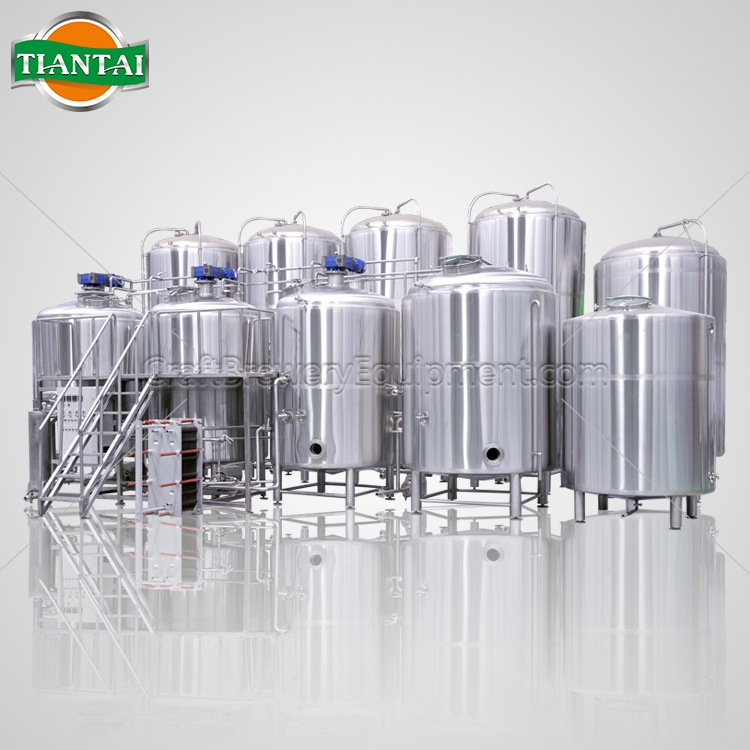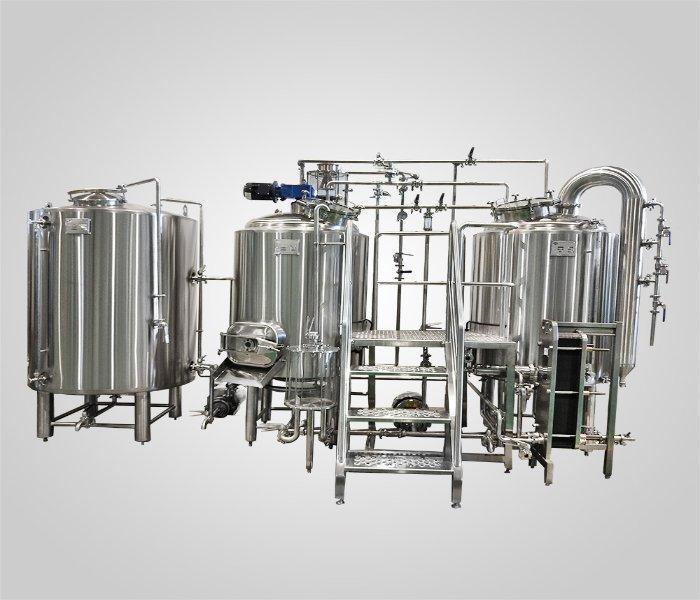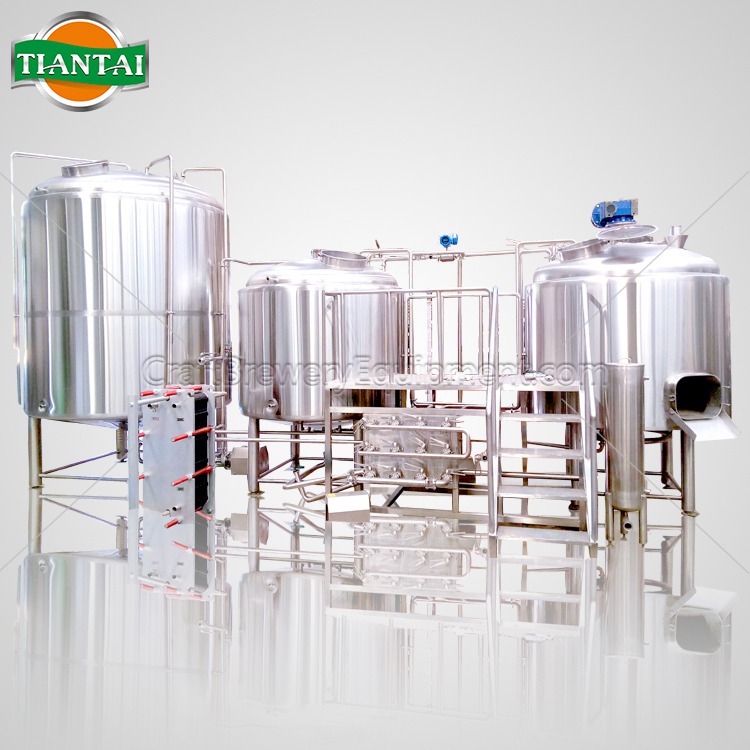.jpg)
Key Steps in Beer Membrane Filtration Process
1. Pretreatment and Cleaning
The assembled membrane filtration unit must first undergo sterilization with hot water, be rinsed with sterile water filtered through a 0.45-micron microporous membrane, or use CO₂ gas to displace the sterilizing water, ensuring a sterile environment.
2. Pressure Testing
The integrity of the membrane is tested by applying pressure, with specific maximum allowable pressure differences corresponding to different pore sizes. If the pressure exceeds the limit, the membrane should be checked for damage.
3. Graded Filtration
The beer first undergoes preliminary filtration through a centrifuge or diatomaceous earth filter, followed by fine filtration through a membrane filter to ensure sterility before entering the bright beer tank
4. Filtration Termination and Protection
At the end of the process, the beer supply should be cut off before shutting down the machine to prevent impurity infiltration. The entire process must maintain sterile conditions, with particular attention to the cleanliness of water, CO₂, and air contact points.
5. System Regeneration and Maintenance
After the production cycle, execute a CIP cleaning program to clean and disinfect the system. Use CO₂ back pressure to maintain system seal integrity and prevent external contamination.
6. Environmental Control and Aseptic Filling
Ensure good filterability of the beer, maintain a highly clean production environment, and meet strict aseptic standards for the filling and capping stages.
.jpg)
Learn more how Tiantai beer equipment company to not only produce the best quality brewery equipment for flavor-rich beers, but also help them to optimize the configuration, maximize process uptime and reduce beer loss when they brewing, PLEASE DON’T HESITATE TO CONTACT WITH US!
Hubert
Email: [email protected]





.jpg)

Get In Touch